Creating a garden that captivates and delights year-round is a goal for many discerning homeowners, especially those seeking to invest in high-quality landscaping. Trees, with their ability to transform with the seasons, are crucial in providing seasonal interest. You can design a garden that continuously evolves in beauty and charm by selecting trees that offer unique features across spring, summer, autumn, and winter. Below, we will explore three trees perfect for adding visual intrigue through the seasons, all well-suited to Australia's climate.
Why Trees Matter in Garden Design
Trees are the backbone of any garden design, offering structure, shade, privacy, and visual interest. More importantly, they can change dramatically from season to season, providing different sensory experiences. Trees can anchor a garden through spring blossoms, summer foliage, autumn colors, or winter bark and shape while bringing dynamic energy to the space.
Choosing the right trees for seasonal interest is about understanding the unique attributes of each species and how they complement your garden's design. Here, we delve into three exceptional trees: Prunus cerasifera (Purple-Leaf Plum), Acer palmatum 'Atropurpureum' (Red Japanese Maple), and Liquidambar styraciflua (Sweet Gum), which all thrive in various regions of Australia.
Prunus cerasifera (Purple-Leaf Plum)
A Garden Gem for Year-Round Elegance
The Prunus cerasifera, commonly known as the Purple-Leaf Plum, is a stunning tree that commands attention with its rich, deep purple foliage. This small-to-medium-sized deciduous tree is ideal for adding a splash of color throughout the year.
- Spring: In early spring, the Purple-Leaf Plum produces delicate, pale pink to white blossoms, creating an ethereal effect that welcomes the new season. These blossoms are an early sign of life in the garden, providing visual and olfactory pleasure.
- Summer: As summer sets in, the tree’s leaves turn a deep, striking purple, offering contrast against greener backgrounds. This vibrant hue is perfect for creating focal points in your landscape.
- Autumn: During autumn, the tree maintains its lush foliage, often darkening even more before shedding its leaves, making it a consistent performer when many other trees are fading.
- Winter: In winter, the tree’s bare branches provide a stark, architectural structure to the garden, ensuring there’s still something to admire when most of the garden is dormant.
The Purple-Leaf Plum is a resilient choice for Australian gardens. It tolerates various soils and climates, including temperate and subtropical regions. It thrives in full sun and can be pruned to maintain a compact shape, making it ideal for smaller gardens or as a feature tree in a more expansive landscape.
Acer palmatum 'Atropurpureum' (Red Japanese Maple)
A Timeless Choice for Sophistication
The Acer palmatum 'Atropurpureum,' or Red Japanese Maple, is synonymous with elegance and tranquillity. This tree is a favorite in high-end landscapes because it is known for its finely cut, lacy leaves and fiery colors. Its ability to change dramatically with the seasons makes it an essential addition to any garden looking for year-round interest.
- Spring: In early spring, the Red Japanese Maple unveils bright red leaves that gradually deepen as the season progresses. These vibrant leaves are complemented by tiny, reddish flowers that add a subtle yet striking visual detail.
- Summer: During the summer, the tree's leaves take on a darker, more subdued red or even a deep burgundy, providing a sophisticated and cool tone to your garden, perfect for summer lounging spaces.
- Autumn: Autumn is where the Red Japanese Maple truly shines. Its leaves turn a brilliant scarlet, orange, or crimson, creating a spectacular display rivaling even the most colorful flower beds.
- Winter: Even when bare, the tree’s graceful, branching form is a work of art, offering sculptural beauty and a calming presence during the winter months.
The Red Japanese Maple grows well in Australia, particularly in temperate areas. It prefers dappled shade and well-drained, slightly acidic soil. Its compact size makes it an excellent option for urban gardens or courtyard settings.
Liquidambar styraciflua (Sweet Gum)
A Bold and Dynamic Tree for Seasonal Contrast
Another excellent choice for creating year-round interest is the Liquidambar styraciflua, commonly known as the Sweet Gum. This deciduous tree is beloved for its dramatic autumn colors, but it offers much more throughout the year, making it a versatile option for Australian landscapes.
- Spring: The Sweet Gum bursts into life in spring with bright green, star-shaped leaves that create a dense canopy. This fresh, vivid greenery adds a rejuvenating feel to your garden.
- Summer: As summer progresses, the tree's glossy leaves remain a lush green, providing shade and cooling relief during hot Australian summers. The tree also produces small, spiky fruit that adds unusual texture to the landscape.
- Autumn: The Sweet Gum earns its place in any high-end garden in autumn. Its foliage turns a spectacular range of colors, from golden yellows to deep purples and fiery reds. Few trees can match the Sweet Gum for autumn brilliance.
- Winter: Its deeply ridged bark and unique branching structure become the main attraction, adding texture and visual interest to the garden when most plants are dormant.
Sweet Gum is hardy and adaptable, suitable for various Australian climates, from cool temperate regions to warmer areas. It prefers well-drained soil and full sun but can tolerate light shade.
Tips for Selecting and Planting Trees for Seasonal Interest
Choosing the right tree for your garden involves more than just picking one that looks good in a particular season. Consider these factors to ensure your trees thrive and provide year-round interest:
1. Climate Suitability
- Always select trees that are well-suited to your local climate. While the trees mentioned above thrive in much of Australia, matching your specific garden conditions with the tree’s requirements is important.
2. Soil Conditions
- Ensure the tree you select is compatible with your soil type. Most trees above prefer well-drained soil but have varying pH and moisture retention needs.
3. Size and Scale
- Consider the mature size of the tree. While the Prunus cerasifera and Acer palmatum are excellent choices for smaller gardens, the Liquidambar styraciflua can grow quite large and is better suited to expansive landscapes.
4. Planting and Care
- Proper planting techniques are essential for tree health. Dig a hole twice as wide as the root ball, and ensure the tree is planted at the same depth it was grown at the nursery. Mulch around the base to conserve moisture and regulate soil temperature.
FAQs
Q: What are the best trees for autumn color in Australia?
A: The Liquidambar styraciflua and Acer palmatum 'Atropurpureum' are excellent choices for stunning autumn colors in Australian gardens.
Q: How can I maintain the size of a tree in a small garden?
A: Trees like the Prunus cerasifera can be pruned annually to maintain a more compact shape, making them perfect for smaller spaces.
Q: Do any of these trees provide shade in the summer?
A: Yes, the Liquidambar styraciflua and Acer palmatum 'Atropurpureum' offer dense foliage during the summer, providing ample shade.
By carefully selecting trees that offer unique features throughout the year, you can ensure your garden remains vibrant and captivating every season. Incorporating trees like the Prunus cerasifera, Acer palmatum 'Atropurpureum,' and Liquidambar styraciflua will not only enhance the beauty of your landscape but also add lasting value to your home.
















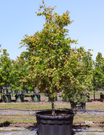

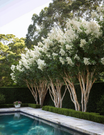





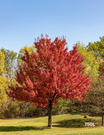


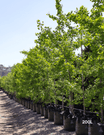




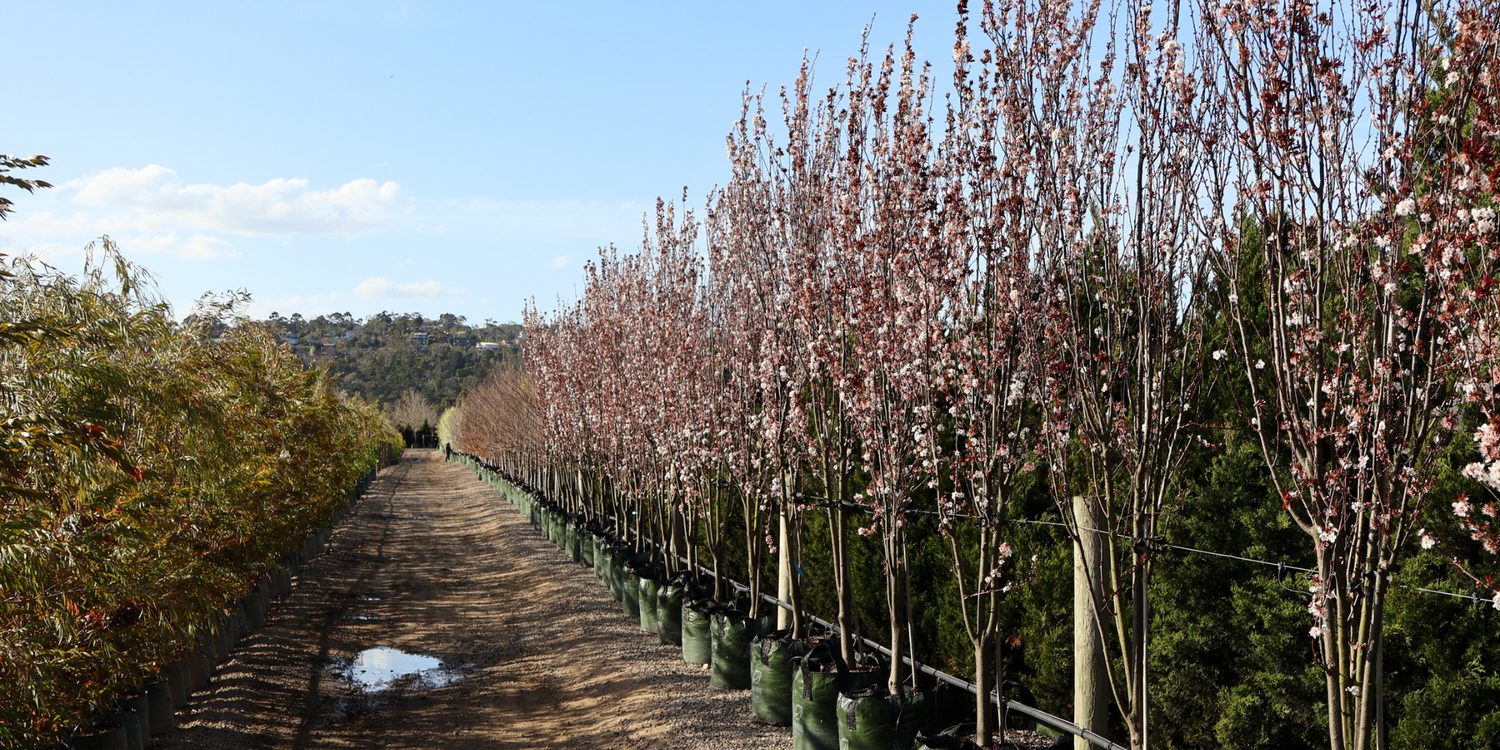





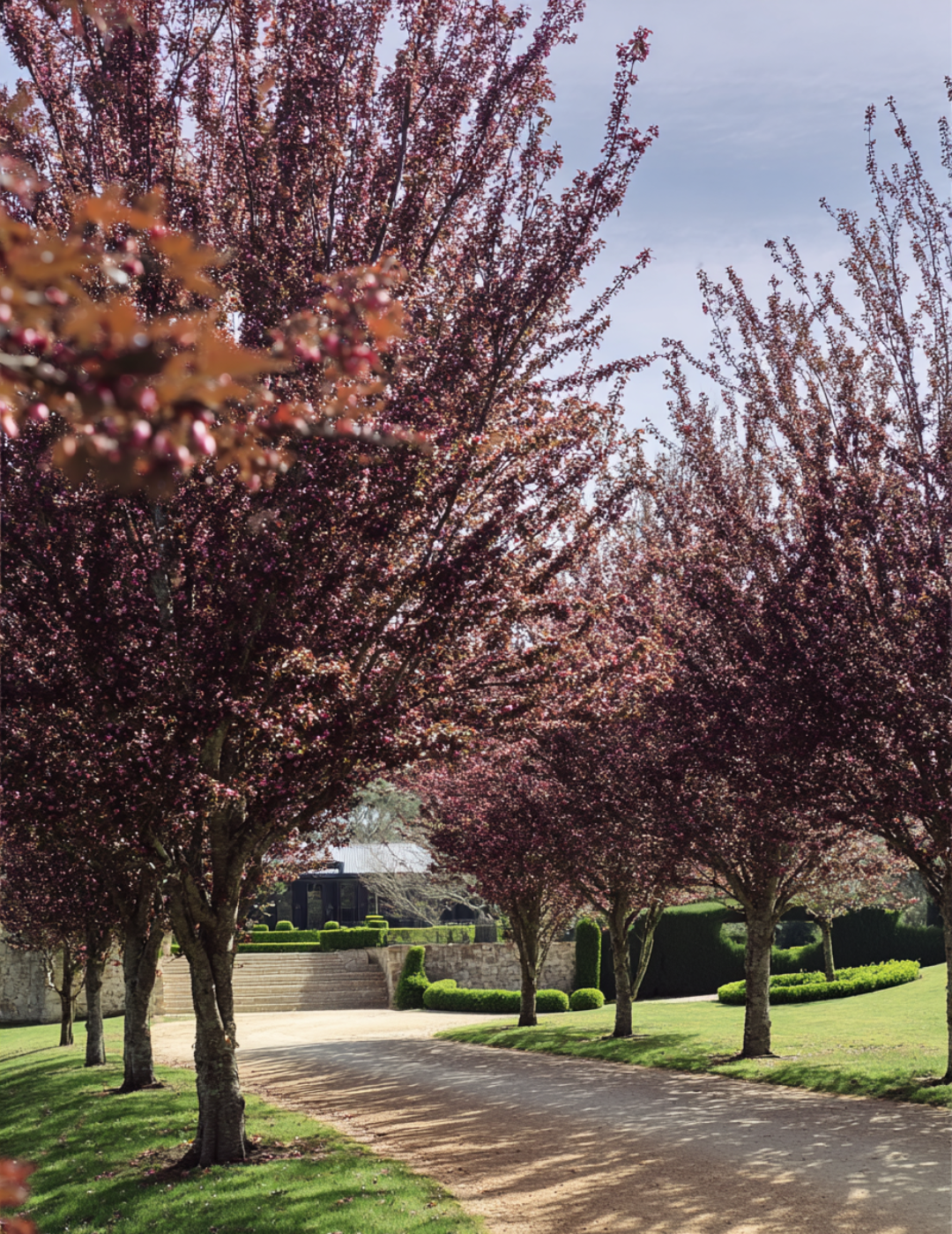





Leave a comment
This site is protected by hCaptcha and the hCaptcha Privacy Policy and Terms of Service apply.